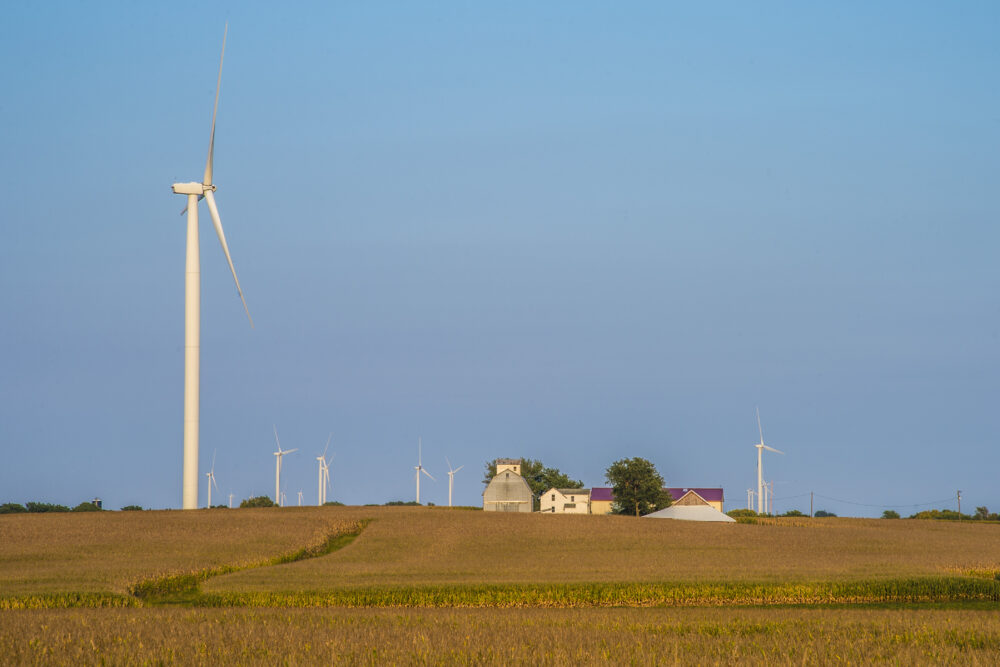We have much more to do and your continued support is needed now more than ever.
Climate Change and Hurricanes: Not Just a Concern for Coastal Communities

The 2011 hurricane season may well be remembered most for flooding along the eastern seaboard, especially from Hurricane Irene and Tropical Storm Lee. The impacts were felt in places that typically don’t have to worry about hurricanes. That’s because some of the most significant damage and disruption was from inland flooding caused by heavy rainfall, rather than from wind or storm surge:
- During Hurricane Irene, floods ravaged communities from Puerto Rico, where one location recorded 22 inches of rainfall, all the way north to Vermont, where nearly every river flooded. Vermont’s roads were extensively damaged, with some communities cut off for days. Overall damages in the U.S. are estimated to range anywhere from $7 billion to $20 billion.
- Less than two weeks later, Tropical Storm Lee made its way across the country. Another large, slow-moving storm with heavy rainfall, Lee caused flooding from Louisiana to New York. Fairfax County, where I live and work in Virginia, sustained as much as $10 million worth of damages to roads and bridges. While my family made it through unscathed, the disaster made me feel like the impacts of global warming-fueled storms were hitting close to home.
It’s not unusual for tropical storms to bring inland flooding and many examples can be found from past years. What differentiates the storms this year is that the coastal impacts were somewhat less dramatic in comparison. It’s actually quite common for hurricanes and tropical storms to cause significant inland flooding. But that story often gets overshadowed by the spectacular images of wind and storm surge damages along the coasts.
Climate change could make inland flooding an even more prominent feature of future hurricanes. Climate models all project increased rainfall rates in hurricanes. This follows from the fact that warmer air can hold more moisture, so the atmosphere will have more water available for rain. And the projected increases by end of the century are nothing to sneeze at: on the order of a 20 percent increase in rainfall rates within about 60 miles of the storm center.
Let’s do a rough calculation of what that could have meant for rainfall totals during Hurricane Irene. Areas in North Carolina received 8 inches of rain. If the same storm came through in 80 years when the atmosphere is warmer, that total could be closer to 9.6 inches. Vermont had totals around 4 inches. Make that closer to 5 inches with a warmed over atmosphere.
The expected increase in hurricane rainfall rates is often overlooked in the debate about climate change impacts on hurricane wind speed or frequency. Yet the increased flooding potential should be on the radar screens of emergency managers across the eastern United States.
More broadly, factors like these should be a consideration as President Obama considers Environmental Protection Agency regulation of climate pollution under the Clean Air Act. And storms like this should serve as a wake-up call for Congress, which has yet to pass comprehensive climate legislation.
Learn more about the relationship between climate change and stronger storms at NWF.org/ExtremeWeather.





















